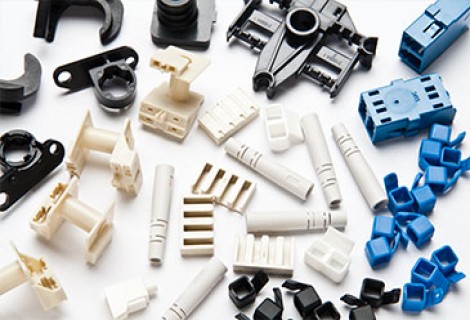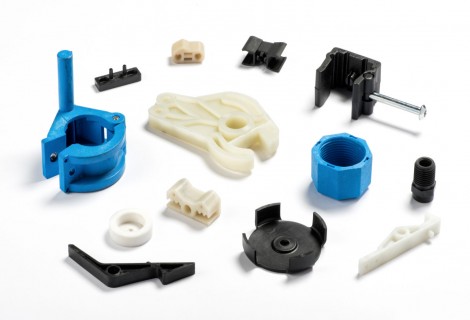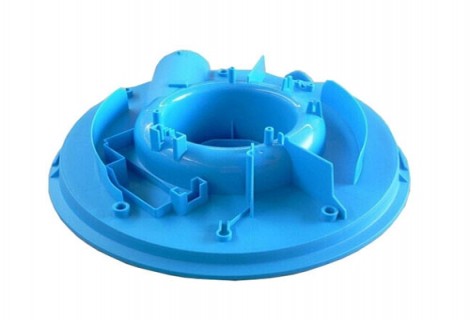Plastic injection molding
Basically, injecting plastic parts consist in that granular plastic is fed by gravity from a hopper into a heated barrel. As the granules are moved forward by a screw-type plunger, the plastic is forced into a heating chamber, where it is melted. As the plunger advances further, the melted plastic is forced through a nozzle into the mold cavity. The mold remains relatively cold so the plastic solidifies almost as soon as the mold is filled.
This process has six stages:
1. Vacuum mold closure.
2. Inject the material, forcing it to pass from the nozzle to the mold.
3. Solidifying the material, with the support of die pressure.
4. Lamination of the material.
5. Cooling the material inside the mold, thanks to the refrigerant.
6. Removing the piece. Restart the cycle.
MATERIALS AND PRODUCTS
Most polymers may be used for injection parts, including all thermoplastics, some thermosets and some elastomers. There are tens of thousands of different materials available for injecting pieces and that number is increasing every year.
Some examples of the material commonly molded are:
- Nylon.
- Polycarbonate.
- Polystyrene.
- Acrylic.
- Polytetrafluoroethylene (PTFE).
- Acrylonitrile butadiene styrene (ABS).
- Polyvinyl chloride (PVC).
- Fiber-reinforced plastics.



